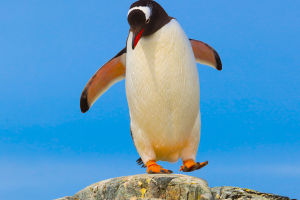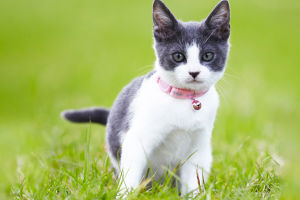The history of human domestication of cats spans nearly 10,000 years, a period rich with tales of cultural integration and mutual evolution.
From ancient civilizations to the modern world, cats have woven themselves into the fabric of human life, becoming indispensable companions and contributors to human societies.
Early Domestication and Genetic Research
Recent genetic research has traced the domestication of cats back nearly 10,000 years. An international group of researchers analyzed the genotypes of more than 1,000 cats randomly chosen from Europe, Asia, and Africa.
They focused on nearly 200 genetic markers, which helped establish regional and breed associations. This research suggests that the bond between humans and cats likely began due to changes in the lifestyle of our ancestors.
"One of the main DNA markers we studied was microsatellites," explained Leslie Lyons, a feline geneticist at the University of Missouri School of Veterinary Medicine. "Microsatellites are DNA sequences of a few nucleotides repeated multiple times in tandem.
They mutate very quickly and can provide clues about the development of cat populations and breeds over recent centuries. Another crucial DNA marker is single nucleotide polymorphisms (SNPs), which are single gene changes throughout the genome that offer insights into ancient history going back thousands of years."
The Fertile Crescent: The Cradle of Domestication
The research team traced the earliest signs of cat domestication to the Fertile Crescent, a region along the Tigris and Euphrates rivers in the Middle East. This area, often referred to as the "cradle of civilization," is where the story of domestic cats began.
As humans transitioned from nomadic hunting and gathering to settled farming at the start of the Holocene era, cats' ability to control rodent populations became invaluable. This mutually beneficial relationship led early farming communities to actively encourage the presence of cats.
Global Spread and Genetic Diversity
The latest evidence suggests that domestic cats spread globally with humans, rather than being independently domesticated in different regions.
Over thousands of years, the genetic makeup of cats has shown signs of "isolation by distance," where genetic similarity decreases with increasing geographic distance. For instance, significant genetic differences exist between cat populations in Western Europe and Southeast Asia.
Semi-domestication and Unique Behaviors
Researchers have highlighted the unique aspects of cat domestication compared to other animals like horses and dogs. "Cats can be regarded as semi-domesticated animals," Lyons noted. "If released back into the wild, they would still rely on natural behaviors to hunt, survive, and mate."
Unlike dogs, whose behaviors have been significantly altered through domestication, cats retain much of their wild instincts, demonstrating their unique status among domesticated animals.
Genetic Contributions to Human Medicine
In addition to their historical and cultural significance, cats have contributed to medical research. The team has established a genetic database of disease conditions shared by cats and humans, including blindness and a specific type of dwarfism.
Interestingly, cats share a genetic structure closer to humans than most other non-primate mammals, making them valuable in genetic studies.
One notable condition is polycystic kidney disease, which affects both cats and humans. Through genetic testing of Persian cats, researchers have significantly reduced the prevalence of this disease in feline populations.
They are also conducting diet-based treatment trials for humans, hoping to provide natural and healthier alternatives to medication.
Conclusion
The 10,000-year history of cat domestication is a testament to the remarkable co-evolution of humans and cats. From their early roles as rodent controllers in ancient farming communities to their current status as beloved companions, cats have left an indelible mark on human civilization.
Genetic research continues to shed light on this unique relationship, offering new perspectives on the deep bond between humans and cats.


